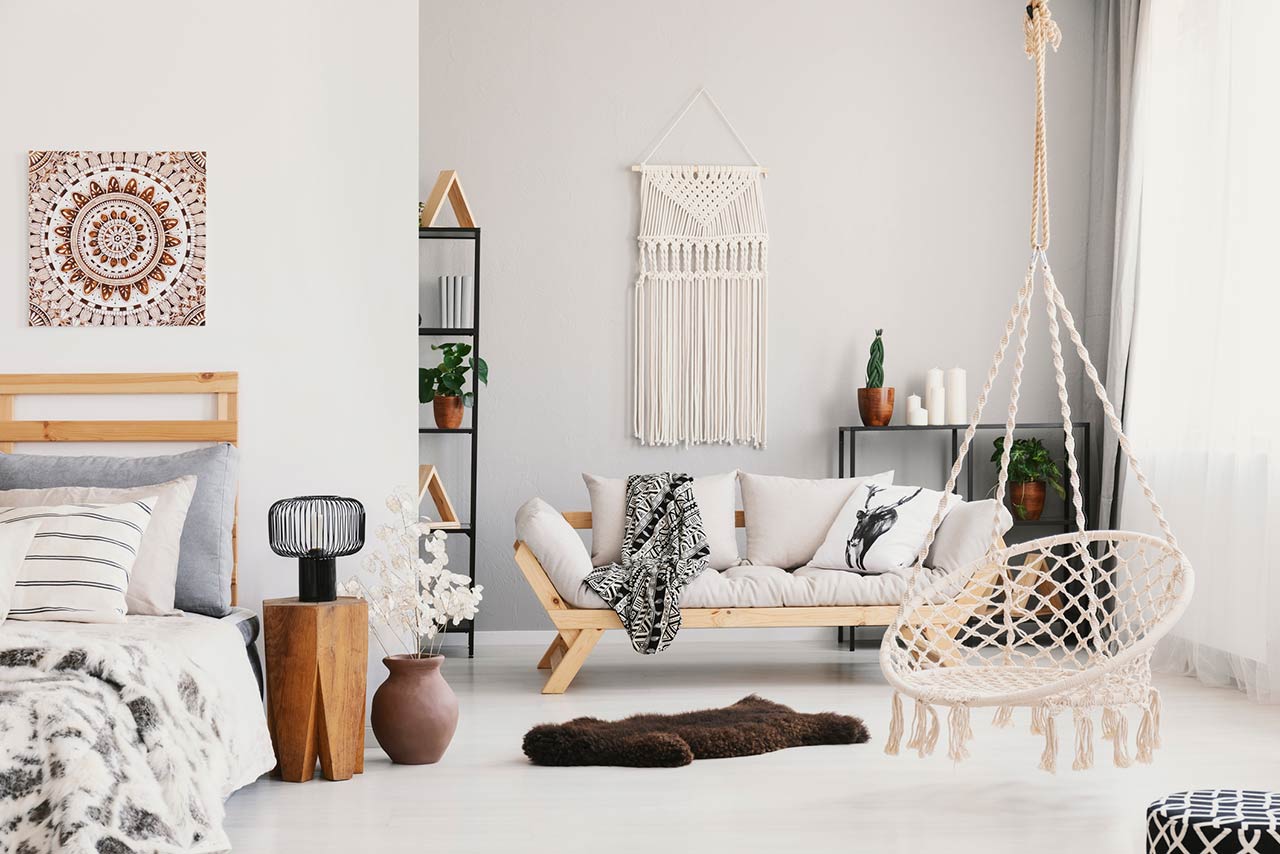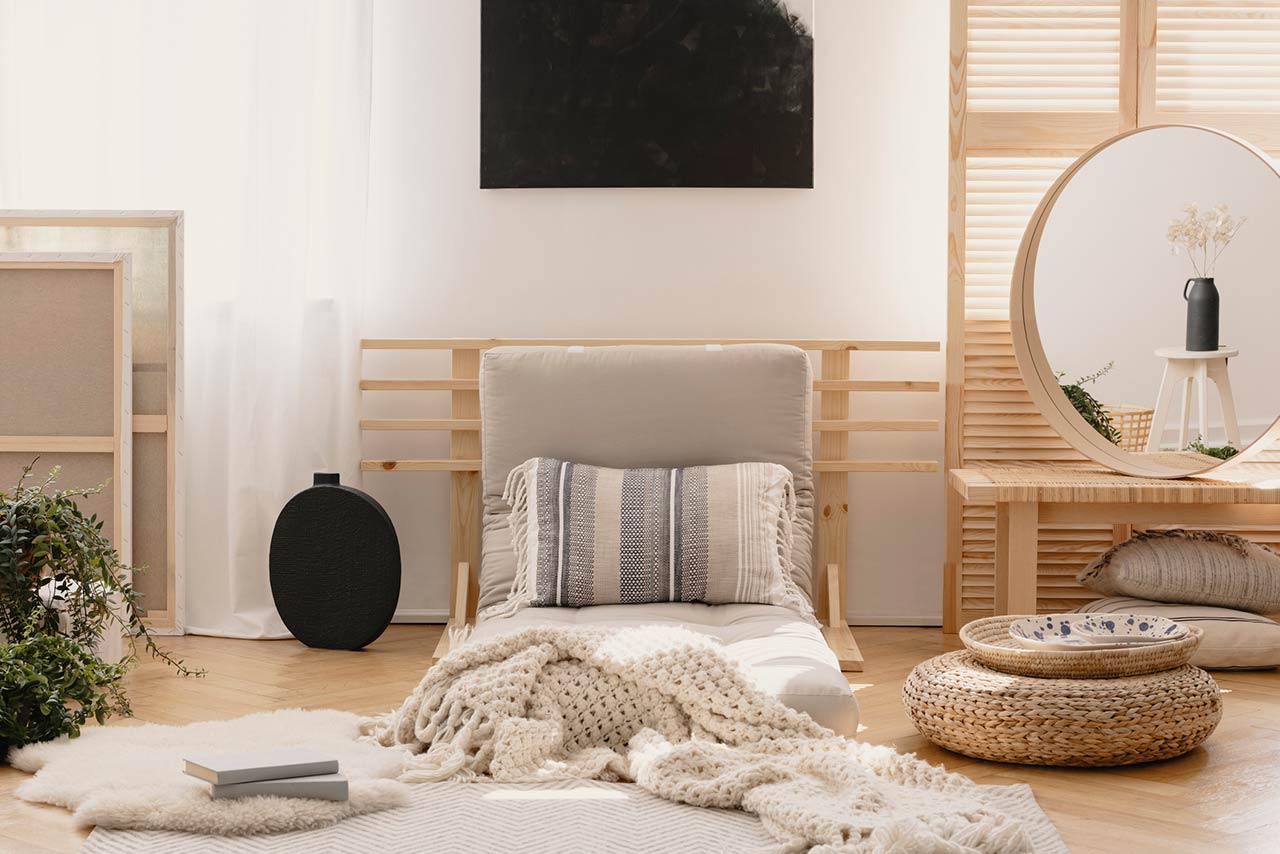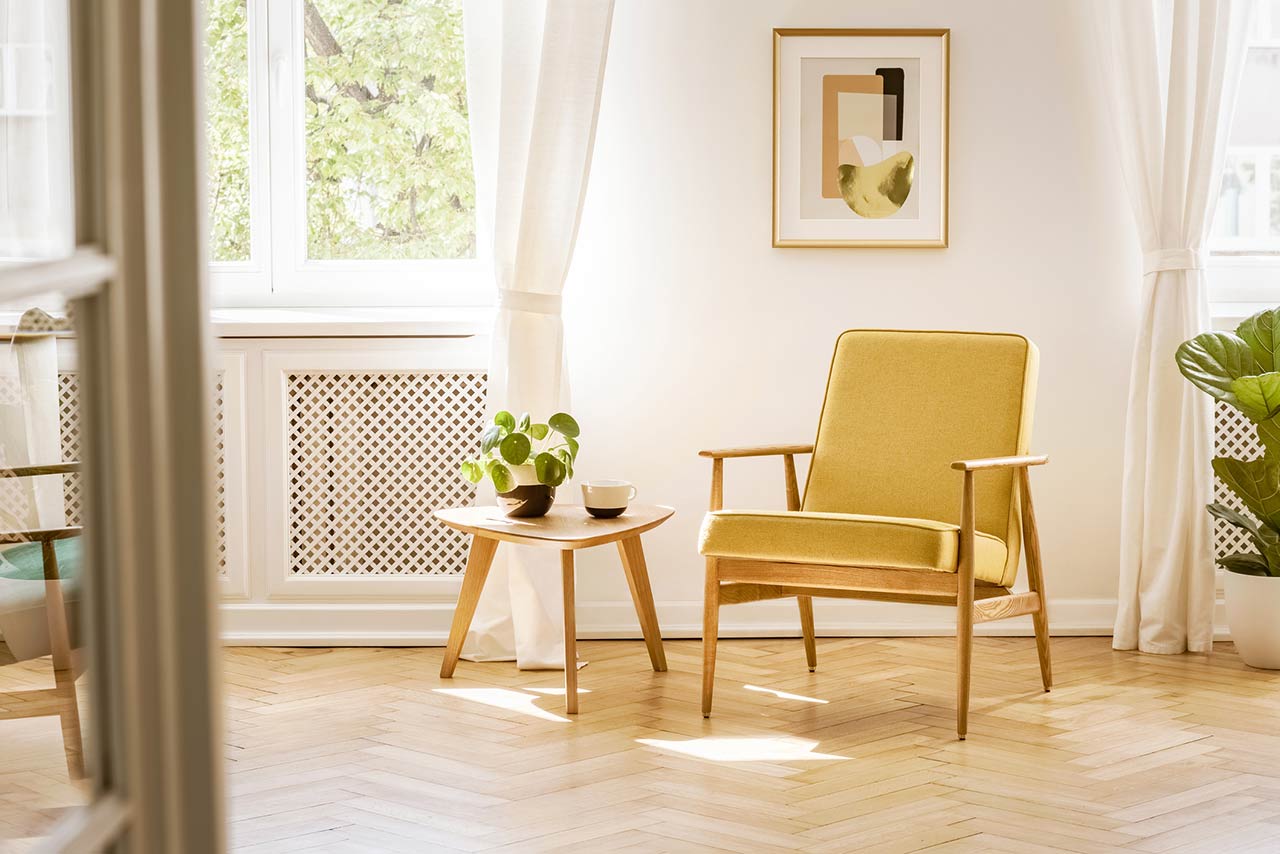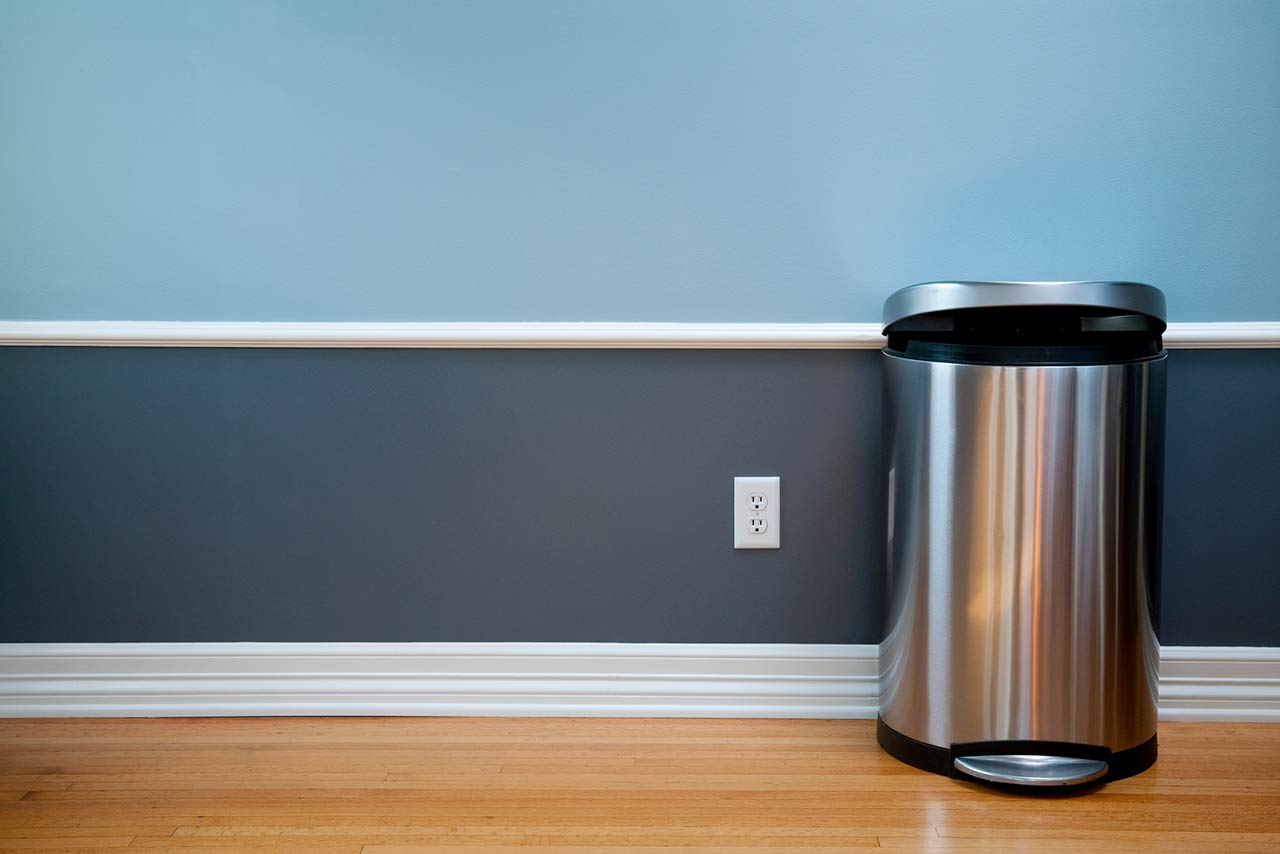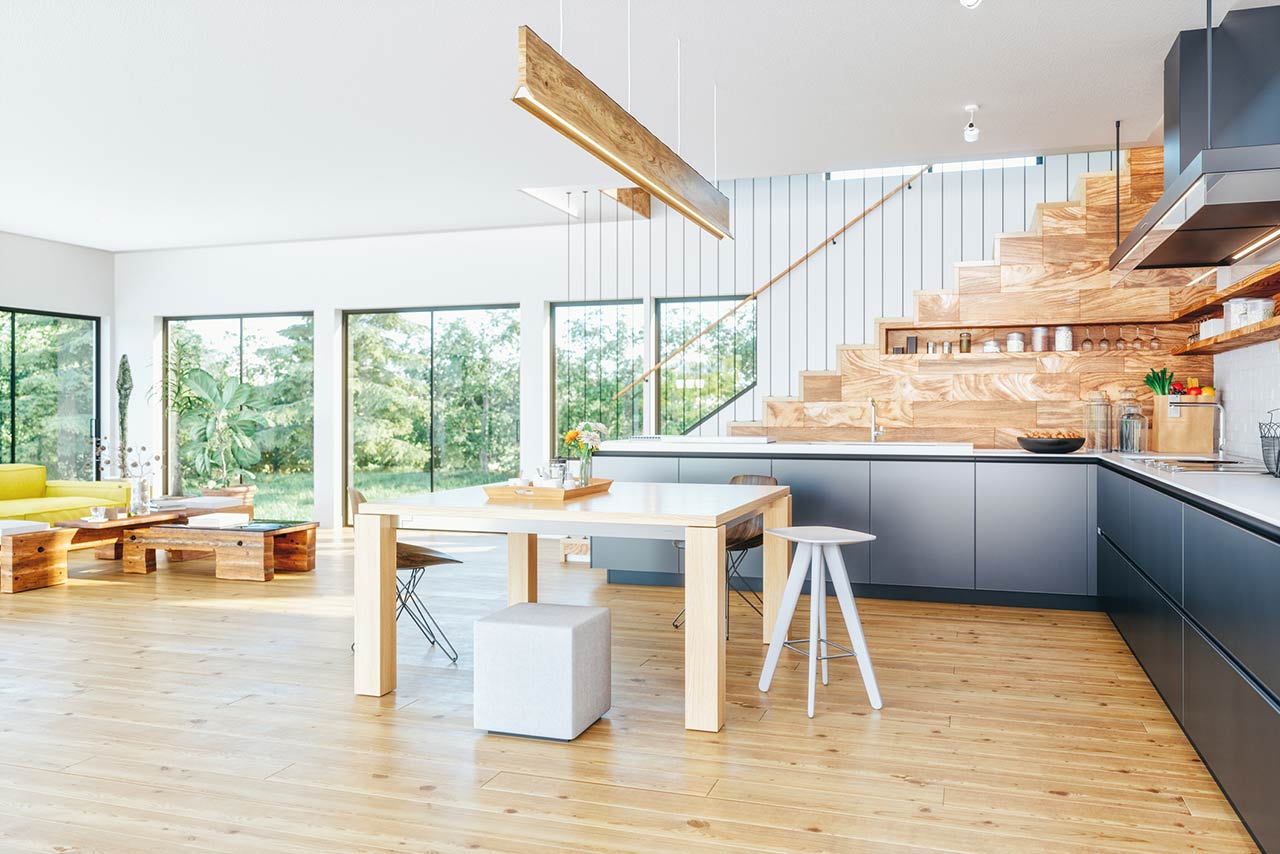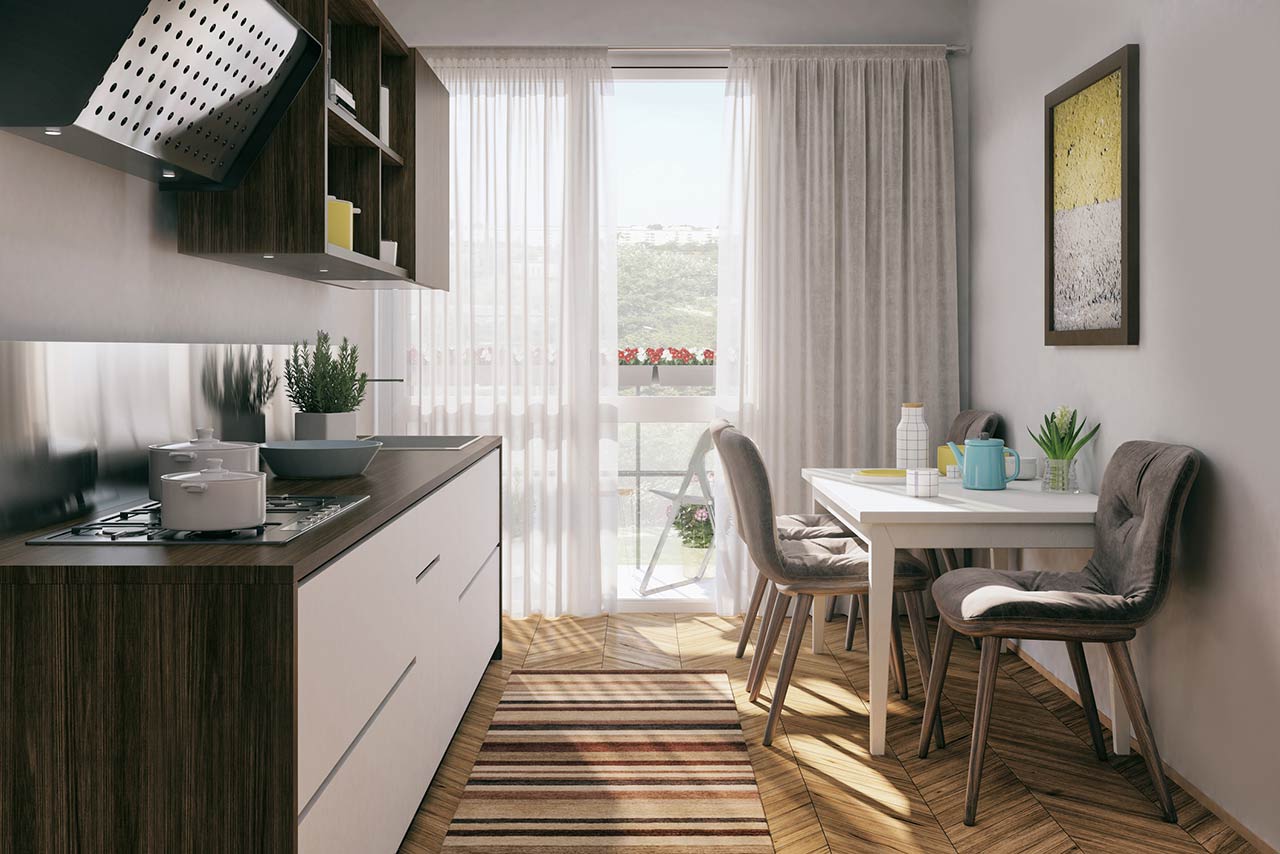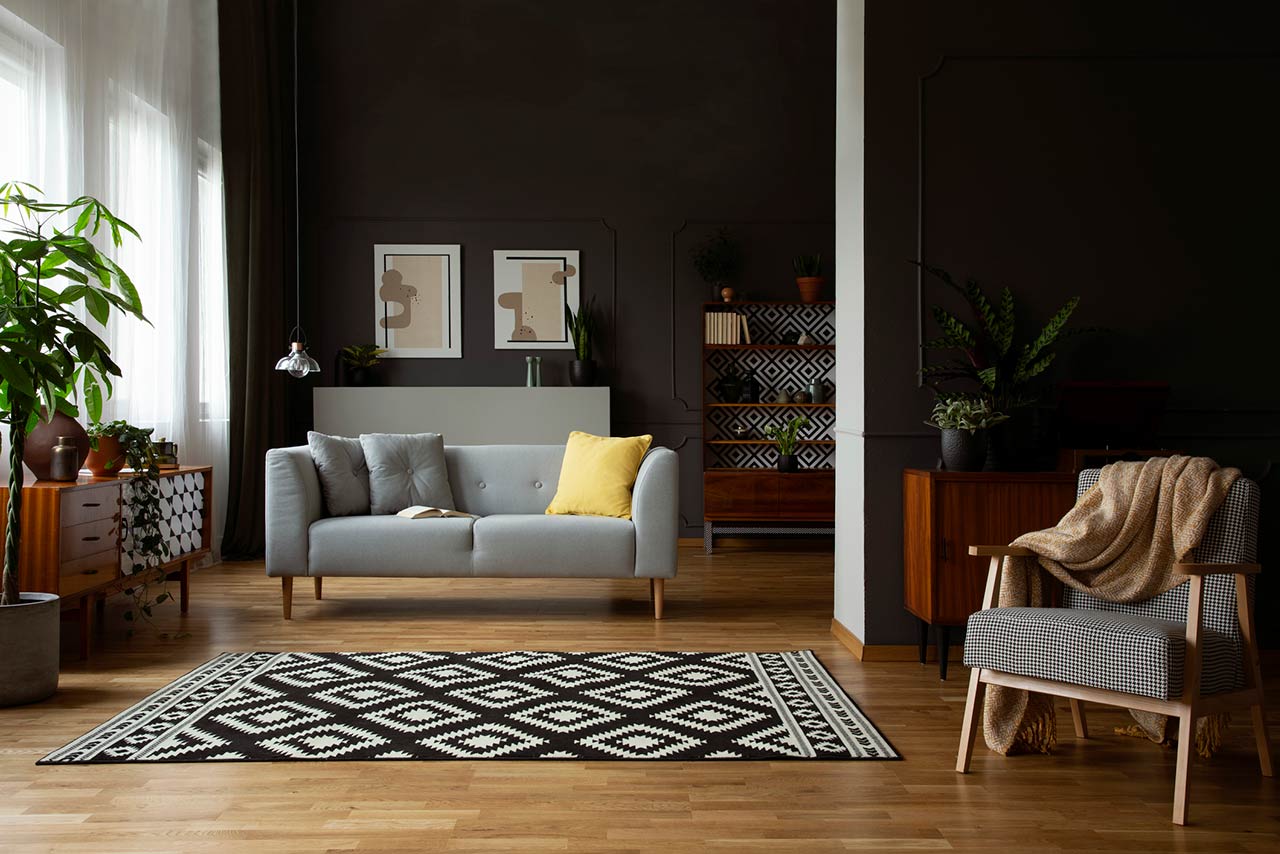Create The Gallery Wall Of Your Dreams

Creating a gallery wall in your home is an easy, do-it-yourself way to bring your personal style into any room. There is no right or wrong way to create one and no limit to the possibilities. Before you get started, check out the following tips for creating an eye-catching gallery wall that you will love.
Find Your Wall
Creating a great gallery wall doesn’t require a huge area to work with. Select a nook or corner in your living room, a small stretch of hallway, or your entry area.
Choose A Focal Piece
Find a favorite piece of art and use that as the center piece for your gallery wall. This could be a large canvas painting, family portrait, metal feature piece, or stylish mirror. Then choose pieces that complement and highlight it.

Determine Your Theme
Is this gallery wall going to contain artwork and images of all the same texture, color, and materials? Or are you going to mix and match different prints, photographs, décor pieces, frames, and drawings?
Decide On The Arrangement
Gallery walls usually lean one of two ways — linear and orderly or abstract and dimensional. Select the one that matches the look you’re going for and start hanging!

Tie The Room Together
Your gallery wall doesn’t have to end where the wall hits the flooring. Considering tying in other aspects of the room by coordinating colors and materials on pieces such as rugs, furniture, lamps, plants, bedding, decorative pillows, and more. Or, if you’ve already styled the rest of the room, use those colors to inspire the pieces in your gallery wall.



